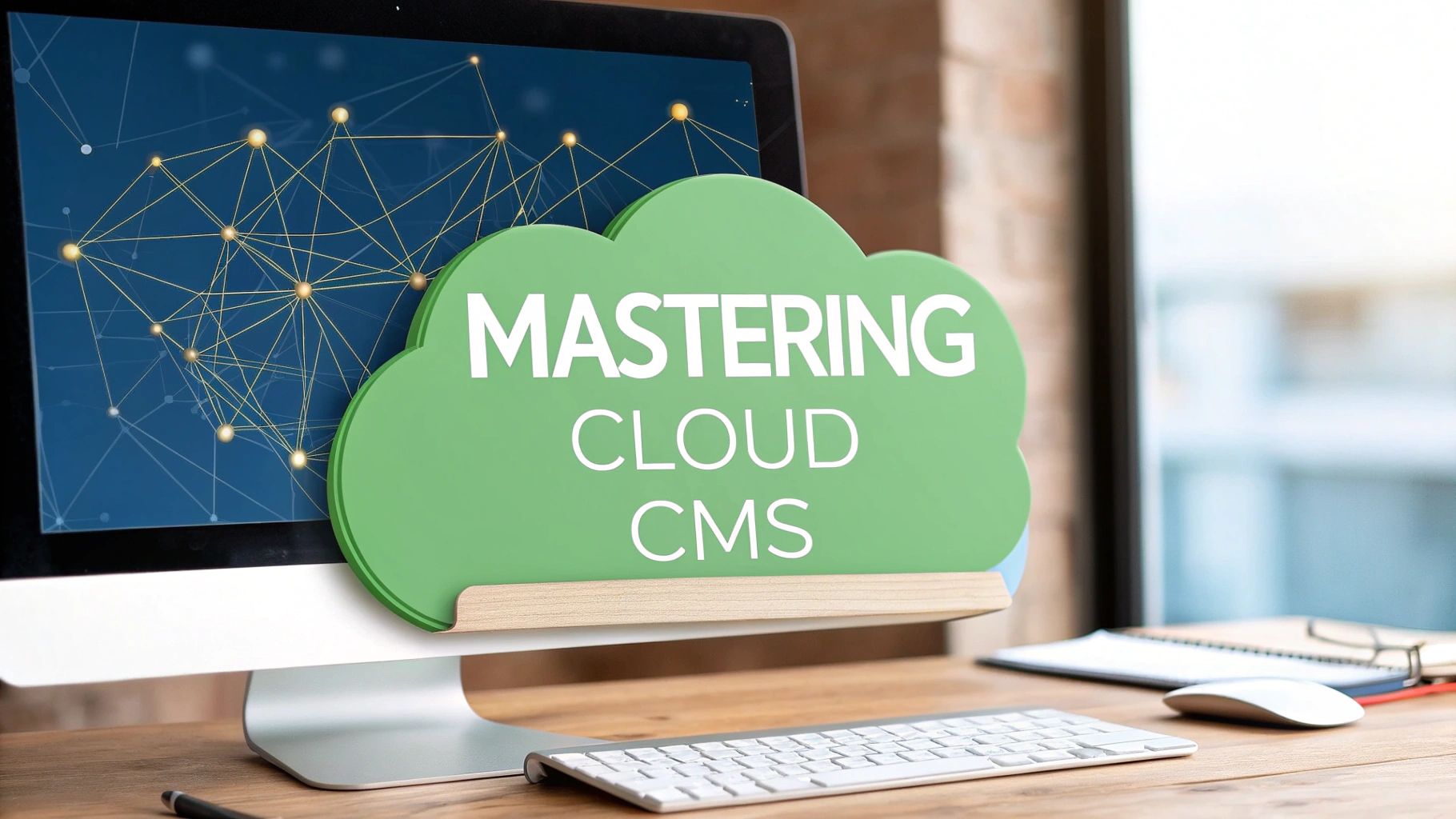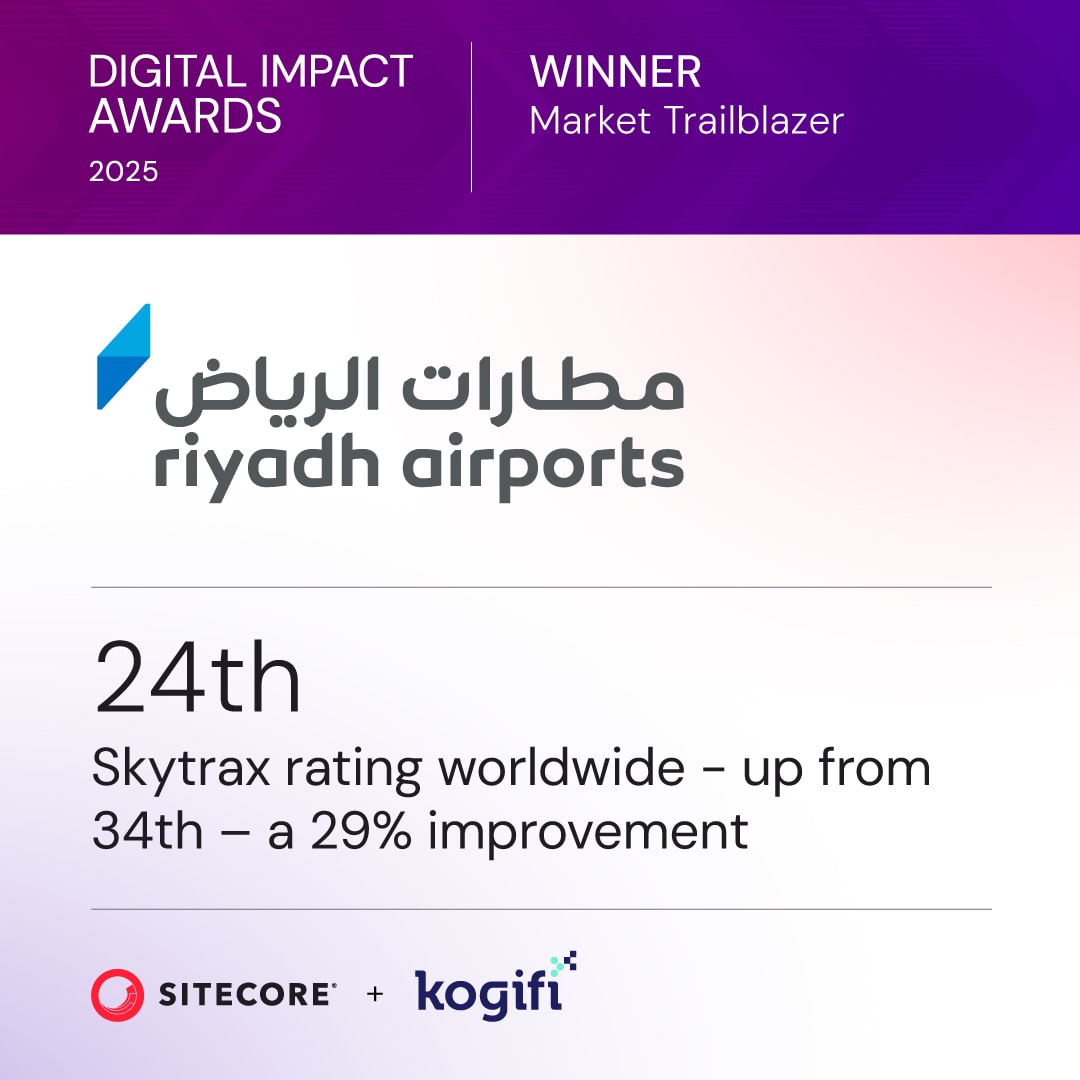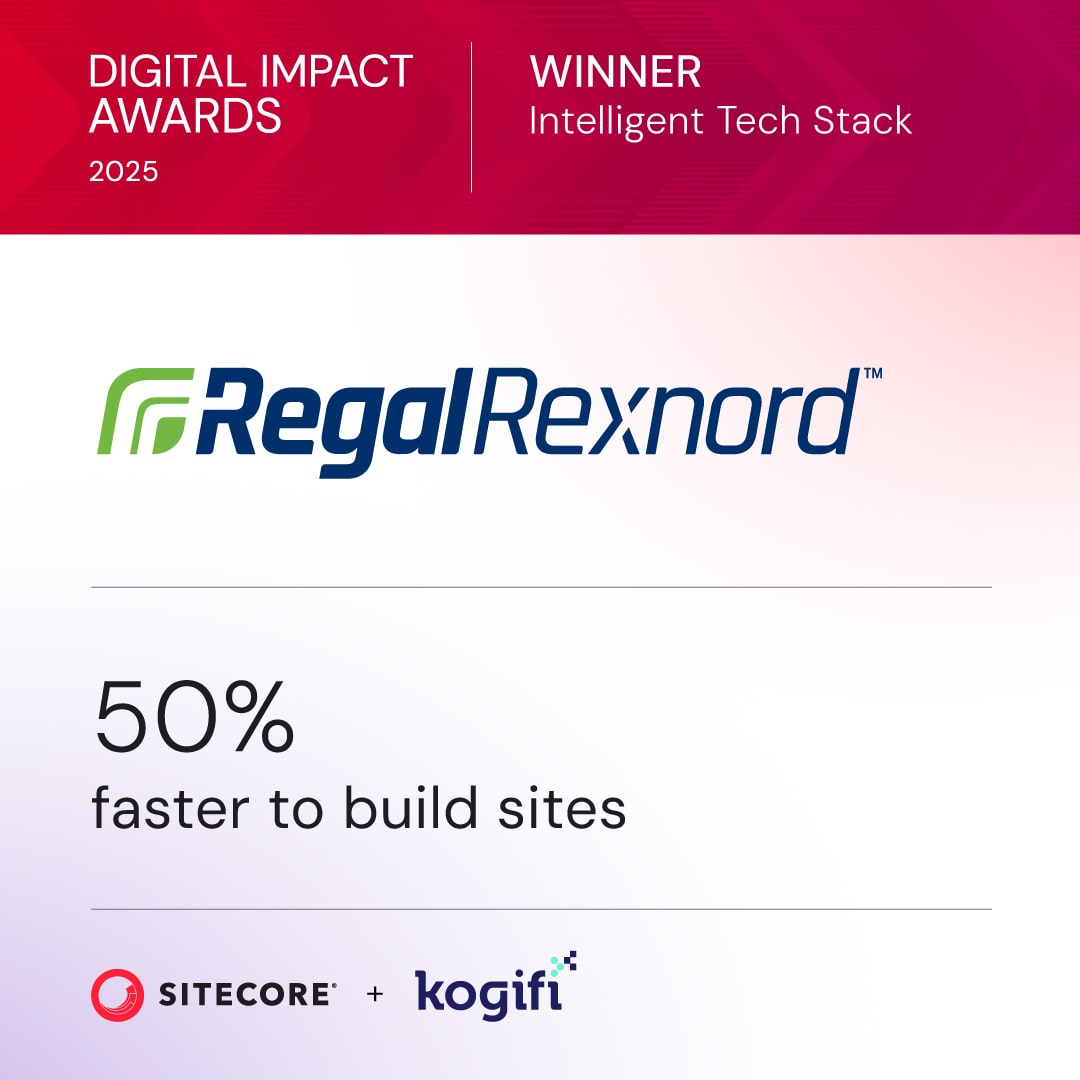AI is transforming how businesses manage risks from external vendors and suppliers. By automating processes, analyzing real-time data, and continuously monitoring risks, AI helps companies save time, reduce errors, and improve decision-making. Here’s what you need to know:
- Challenges in Traditional Methods: Manual assessments are slow, error-prone, and often limited to onboarding stages. Over 46% of companies still rely on spreadsheets, leaving gaps in oversight.
- AI's Role: Tools like machine learning (ML) predict risks, natural language processing (NLP) simplifies document reviews, and automated monitoring ensures 24/7 compliance.
- Frameworks: The NIST AI Risk Management Framework guides organizations in adopting AI responsibly, addressing governance, risk profiling, and incident management.
- Benefits: AI ensures real-time risk tracking, accurate data analysis, and streamlined compliance reporting, giving businesses a proactive edge against threats.
- Challenges: Data privacy, transparency in AI decision-making, and keeping up with evolving regulations require careful planning.
How to Use AI in Third-Party Risk Management
AI Technologies That Transform Risk Assessments
Machine learning, natural language processing (NLP), and automated monitoring are reshaping how organizations handle third-party risk management. These technologies enable more precise, efficient, and forward-thinking approaches to identifying, analyzing, and addressing potential threats.
Machine Learning for Predictive Analytics
Machine learning (ML) algorithms excel at analyzing massive datasets to detect patterns and anomalies that might indicate supply chain risks. Unlike traditional methods that rely on historical data and periodic reviews, ML allows organizations to predict disruptions by identifying risks like natural disasters or political instability.
This shift from reactive to proactive risk management is a game-changer. Recent data shows that 61% of Chief Information Security Officers (CISOs) believe AI could prevent more than half of third-party breaches. By spotting early warning signs that human analysts might overlook, ML provides critical lead time to address issues before they escalate.
Real-world examples highlight the impact of ML-driven analytics. A major bank reduced fraud losses by 30%, while a hospital cut patient readmission rates by 15% using ML-powered tools. These algorithms also assign dynamic risk scores, automatically alerting compliance teams when significant changes occur due to evolving regulations. Additionally, ML supports scenario analysis, enabling organizations to simulate outcomes and plan accordingly. By automating risk prioritization, ML ensures that teams focus on the most urgent and impactful issues.
This predictive power sets the stage for advanced text analysis through NLP.
Natural Language Processing for Vendor Assessments
NLP simplifies vendor assessments by analyzing documentation and public sentiment, reducing manual workloads while uncovering hidden compliance risks. It automates the review of vendor contracts, policies, and other documents, extracting essential information that would otherwise require extensive effort. One standout application of NLP is evaluating public sentiment about vendors by analyzing news articles, social media, and customer reviews, which offers insights into vendor reputation and potential risks that traditional assessments might miss.
NLP also compares vendor documents against regulatory standards, flagging compliance issues and identifying outdated or non-compliant content. For global operations, NLP's ability to translate and analyze documents in multiple languages ensures thorough due diligence, regardless of language barriers.
Beyond document analysis, NLP categorizes compliance data based on established standards, freeing risk management teams to focus on strategic decisions rather than manual reviews. It can analyze emails, communication records, and other textual data to detect compliance issues. NLP even helps identify fraudulent activity by examining linguistic patterns in documents, adding another layer of protection during vendor evaluations.
As NLP enhances textual analysis, automation takes compliance monitoring to the next level.
Automated Compliance Monitoring
Automated compliance monitoring shifts the approach from periodic, manual checks to continuous, real-time oversight. These systems quickly flag anomalies and emerging risks, allowing organizations to act promptly.
The benefits of automation are significant. Seventy percent of CISOs consider automated third-party assessments a crucial capability for their risk management tools. These systems save time, reduce costs, and provide real-time tracking to ensure no critical regulatory requirements are overlooked.
"Automated risk management solutions are a game-changer, enabling businesses to stay ahead of threats while ensuring continuous compliance with industry standards and regulatory requirements." - Raine Chang, Marketing Manager
Automation minimizes human error, improving the accuracy of risk assessments - a critical factor given that 84% of executive risk committee members report that missed risks disrupted their business operations. Moreover, automated systems excel in scalability. Unlike manual evaluations, they can handle large vendor portfolios efficiently, promptly notifying companies of cyber gaps so they can address them quickly.
These systems centralize third-party risk management (TPRM) processes, replacing error-prone spreadsheets with a single source of truth for compliance data. This ensures consistent application of risk criteria across all vendors. Industries like financial services, healthcare, and pharmaceuticals benefit greatly from automated TPRM, as they face strict regulatory demands and severe consequences for non-compliance. Key features of these systems include centralized vendor databases, automated risk scoring, workflow automation, real-time monitoring, customizable templates, detailed reporting tools, and integration with existing enterprise systems.
Benefits of AI-Powered Third-Party Risk Frameworks
Integrating AI into third-party risk assessment frameworks is reshaping how organizations manage vendor relationships and navigate regulatory requirements. These systems go beyond simple automation, offering advanced tools that help businesses in the U.S. stay ahead of emerging threats while streamlining operations.
Real-Time Risk Monitoring
AI makes continuous, around-the-clock risk monitoring possible, replacing outdated periodic reviews. This shift enables organizations to proactively identify and address potential issues before they spiral into major incidents.
AI systems analyze an array of data sources - like news alerts, financial reports, and social media activity - while syncing this external information with internal data streams. They also track vendor performance, behavior, and even news sentiment, using anomaly detection algorithms to flag unusual activity immediately.
This real-time vigilance is critical, especially as cyberattack losses continue to rise. Continuous monitoring ensures organizations maintain both security and compliance standards.
"An environment of lingering business uncertainty and cost pressures is creating an imperative for leaders to conduct third-party risk management in a more effective way. AI has proven to be a game changer." - Kapish Vanvaria, EY Global Risk Consulting Leader
AI-driven monitoring also bolsters compliance efforts by ensuring vendors meet required standards consistently, not just during scheduled audits. Over time, machine learning refines risk models, making them more accurate as they process historical data and new assessments. For instance, if a vendor faces a sudden wave of negative social media sentiment, the system can trigger an alert, prompting immediate investigation into potential reputational or operational issues.
This continuous oversight enhances data analysis precision and strengthens compliance practices.
Better Data Analysis and Accuracy
AI significantly improves the depth and reliability of risk assessments by handling massive amounts of data - both structured and unstructured - that would overwhelm human analysts. It processes everything from emails and contracts to social media posts, offering a comprehensive view of third-party risks.
By eliminating human error, AI ensures consistent evaluations, delivering more reliable risk scores and aiding smarter decision-making. It also uncovers hidden correlations by analyzing historical data, identifying patterns, and predicting vulnerabilities with impressive accuracy.
AI systems excel at mapping digital supply chains, quickly spotting weak points and prioritizing them based on severity. This allows organizations to focus their resources on addressing the most critical threats, improving both security and operational efficiency.
Beyond analysis, AI also redefines compliance reporting processes.
Simplified Compliance Reporting
AI transforms compliance reporting into a streamlined, automated process, reducing errors and meeting U.S. regulatory standards with ease. By automating data collection and analysis, it ensures consistency across various regulatory requirements.
A standout feature is AI's adaptability to different forms and processes, enabling organizations to respond quickly to new compliance mandates without disrupting operations. These systems also integrate data from disconnected silos, revealing insights and correlations that were previously hidden.
"By assessing data and evaluating patterns and outliers, there is huge potential for AI not only to reduce grunt work but to enable risk professionals to add insights and value to enable businesses to grow. Compliance and internal audit can move from pure assurance functions to being sustainable business enablers." - Mary O'Connor, non-executive director and audit committee chair at Carne Group
AI simplifies customer onboarding while ensuring compliance with duty-of-care standards, helping organizations meet regulatory requirements more efficiently. It also aids staff training by offering real-time, scenario-based guidance that adjusts to regulatory changes. In financial services, AI has shown promise in areas like anti-money laundering (AML) and fraud detection, as noted by the Bank of England and the UK Financial Conduct Authority. For transparency concerns, AI systems provide detailed audit trails and explanations for compliance decisions. Interestingly, 91% of firms surveyed were willing to trade off explainability for greater automation.
"Appropriate use of AI can speed up the analysis of individual customer needs, align solutions with a firm's risk appetite and provide a platform for ongoing analysis of customer risk with open banking solutions." - Al Southall, a financial institution technology specialist
The global third-party risk management market, valued at $4.45 billion in 2021 and projected to grow at a 14.8% CAGR, underscores the growing importance of these AI-driven tools. Businesses adopting these frameworks gain a competitive edge, effectively managing risk in an increasingly complex regulatory landscape.
sbb-itb-91124b2
Adding AI to Existing Risk Assessment Frameworks
Bringing AI into established risk management systems isn't as simple as flipping a switch. It requires careful planning, a clear strategy, and a focus on ensuring compatibility with existing processes. Organizations need to address governance requirements, technical challenges, and readiness across teams to make this transition smooth and effective. Here's a closer look at how to achieve this.
Reviewing Current Risk Management Processes
Before diving into AI implementation, it's essential to take a step back and evaluate the current risk management framework. This audit helps pinpoint where AI can make the biggest impact while identifying potential roadblocks, particularly with older systems.
Legacy systems often present challenges because they weren't designed to handle modern AI technologies. Key areas to examine include data quality, system architecture, and workflow processes. Ensuring these are up to par is critical for AI readiness. Additionally, organizations should establish robust data governance standards. This means putting in place clear protocols for data quality, privacy, and management to ensure AI operates efficiently and securely.
A phased rollout is the best way to integrate AI tools without disrupting ongoing operations. Collaboration is equally important. Risk management teams should work closely with IT departments to tackle technical hurdles and with legal teams to ensure compliance with regulations. This cross-departmental effort lays the groundwork for a smoother transition.
Using AI Frameworks and Tools
Once the current systems are assessed, organizations need a structured framework to guide AI adoption. The NIST AI Risk Management Framework is one such resource, offering detailed guidance on implementing AI technologies while prioritizing trust, safety, and ethical practices.
Governance is a critical pillar of this process. Clear policies should cover areas like transparency, accountability, privacy, fairness, and auditability. Continuous monitoring is also essential to ensure the system remains effective and compliant. Starting small with specific, well-defined AI projects is a smart strategy. These initial projects allow teams to build confidence in AI's capabilities before scaling up to more complex applications.
When selecting AI tools, organizations should prioritize models that offer explainability. This is especially important for meeting regulatory and audit requirements. Every stage of the AI lifecycle - from data collection to model training, deployment, and monitoring - comes with its own risks. Planning for these challenges and developing mitigation strategies ensures smoother implementation.
Keeping up with advancements in AI is another key aspect. Regular training for teams and periodic reviews of AI frameworks help organizations stay ahead of emerging risks and technological changes.
Working with Expert Partners Like Kogifi

Sometimes, internal efforts aren’t enough to fully harness AI’s potential in risk management. This is where expert partners come in. Collaborating with experienced technology providers can simplify complex integrations and reduce the risks of implementation.
Take Kogifi, for example. With expertise in AI personalization and platform integration, they’re well-equipped to help businesses navigate this transition. Their experience with platforms like Sitecore, Adobe Experience Manager, and SharePoint ensures a strong technical foundation for AI adoption.
Kogifi begins with comprehensive platform audits and system assessments, identifying issues like data quality and compatibility early on. This proactive approach prevents costly mistakes and paves the way for a smoother rollout. For organizations dealing with outdated systems, Kogifi offers migration and upgrade services to modernize infrastructure without disrupting day-to-day operations.
Support doesn’t end once AI is integrated. Kogifi provides 24/7 assistance to ensure systems remain operational as new AI capabilities are added. Their ongoing monitoring and optimization services help businesses refine and adapt their AI-driven risk management frameworks to meet evolving needs and regulations.
Challenges for U.S. Enterprises
AI offers powerful tools for third-party risk assessment, but U.S. enterprises face several obstacles when integrating these technologies. Understanding and addressing these hurdles is key to successfully embedding AI into risk management practices.
Data Privacy and Security Concerns
Data security is one of the biggest worries for organizations adopting AI-driven risk assessment tools. The statistics are striking: 69% of organizations cite AI-powered data leaks as their top security concern by 2025, yet nearly half (47%) lack AI-specific security controls.
The problem stems from how AI systems process sensitive data. Third-party AI tools often require organizations to share confidential information with external providers, increasing vulnerability. Compounding this, AI models retain insights from their training data permanently, which could potentially expose sensitive information.
"The rapid adoption of AI has created a critical security oversight for many organizations."
– Dimitri Sirota, CEO at BigID
AI-driven risk assessments frequently pull data from multiple interconnected systems, creating additional exposure as information flows across platforms. Alarmingly, 55% of organizations are unprepared for AI regulatory compliance, and 40% lack tools to secure AI-accessible data.
U.S. enterprises must also navigate strict regulations like GDPR, HIPAA, and the California Consumer Privacy Act, which demand tight control over how personal data is used and processed. The situation is even more complex when you consider that only 6% of organizations have a mature AI security strategy or a defined AI TRiSM (Trust, Risk, and Security Management) framework.
To tackle these risks, organizations should update incident response plans and audit AI projects to address data sourcing vulnerabilities. Cross-departmental reviews can ensure everyone understands their role in safeguarding AI systems. Transparency from third-party AI vendors is also critical, along with efforts to desensitize data before it’s shared with AI tools.
These data security concerns naturally lead to broader issues with transparency in AI decision-making.
Maintaining Transparency and Explainability
For regulatory compliance and stakeholder trust, it’s essential to understand how AI systems make decisions. This is especially challenging because many AI models function as "black boxes", making it difficult to explain their reasoning. Transparency in AI involves knowing how decisions are made, what data is used, and why certain results are produced. Explainable AI (XAI) is particularly important for third-party risk assessments, where organizations must justify their decisions to regulators, auditors, and internal teams.
75% of businesses believe that a lack of transparency could lead to increased customer churn in the future. For risk management, this lack of clarity can result in regulatory penalties and erode stakeholder confidence.
The challenge lies in balancing the complexity of AI models with their interpretability. More sophisticated models often deliver better accuracy but are harder to explain, forcing organizations to weigh performance against transparency.
"Being transparent about the data that drives AI models and their decisions will be a defining element in building and maintaining trust with customers."
– Zendesk CX Trends Report 2024
To address these challenges, enterprises can create visual aids or simplified diagrams to explain how complex AI models work. Choosing AI tools with user-friendly interfaces that offer clear explanations can also bridge the gap between technical details and business needs. Comprehensive documentation that tracks changes to algorithms, data, and processes ensures accountability. Transparency reports can keep stakeholders informed about updates and their implications. Additionally, being upfront about how data is collected, stored, and used - and actively working to prevent biases - helps build trust and ensures compliance.
As transparency challenges grow, staying ahead of rapid technological and regulatory shifts becomes even more critical.
Keeping Up with Technology and Regulation Changes
The fast pace of AI innovation and shifting regulations put constant pressure on U.S. enterprises to adapt. The fragmented nature of AI regulation in the U.S. - with varying federal, state, and industry-specific requirements - makes compliance even more challenging. On top of that, AI tools evolve quickly, introducing new capabilities and risks that can render systems outdated or non-compliant almost overnight.
To stay ahead, organizations should establish dedicated teams or resources to monitor regulatory changes and advancements in AI technology. Regular training programs for employees involved in AI risk management can help teams stay updated on best practices and emerging threats. Clear policies on transparency, privacy, and ethical AI use provide a stable foundation for navigating these challenges. Robust testing protocols to identify and address biases, along with continuous monitoring of AI outputs, ensure compliance and reliability. Engaging with regulators, participating in industry forums, and appointing compliance officers can also help organizations adapt to the evolving landscape of AI regulations and expectations.
Conclusion: The Future of AI in Third-Party Risk Management
AI is reshaping third-party risk management (TPRM), shifting it from a reactive compliance exercise to a forward-thinking strategy. For U.S. enterprises, embracing AI is no longer optional in this fast-changing environment.
Traditional TPRM approaches are falling behind. Fewer than 20% of risk owners meet mitigation goals, and only 13% of companies have fully automated their processes - highlighting a significant gap in capabilities.
"AI is making risk management frameworks stronger and more proactive. Instead of reacting to crises, businesses can anticipate threats, prevent escalation, and make informed strategic decisions that protect both enterprise operations and reputation."
– Bruno J. Navarro
In financial services, AI adoption is already a priority. About 76% of executives focus on AI for fraud detection, while 68% use it for compliance and risk management. This reflects a growing understanding that AI can transform compliance from a cost burden into a competitive advantage.
To succeed, companies must approach AI integration strategically. With 78% of organizations already using AI in at least one area of their business as of 2024, the next step is leveraging its full potential. Predictive analytics, real-time monitoring, and intelligent decision-making tools are just a few of the ways AI can revolutionize risk management. However, these advancements must align with shifting regulations.
The regulatory landscape is evolving quickly. In 2024 alone, Congress introduced over 120 AI-related bills. This underscores the urgency of developing AI frameworks that are not only effective but also compliant with emerging laws.
Companies can’t tackle this alone. Partnering with experts like Kogifi - known for its expertise in integrating platforms like Sitecore, Adobe Experience Manager, and SharePoint - can help bridge the gap between outdated systems and AI-powered solutions. These partnerships ensure that TPRM systems are modernized and ready for the challenges ahead.
The future will belong to organizations that combine AI with human expertise. As technology advances and regulations take shape, those who invest in AI-driven TPRM today will set the benchmarks for the industry tomorrow. The real question isn’t whether AI will transform third-party risk management - it’s how quickly businesses can adapt and use it to build trust and strengthen oversight.
FAQs
How does AI improve third-party risk assessments compared to traditional methods?
AI brings a whole new level of efficiency and precision to third-party risk assessments. By automating processes and minimizing human error, it ensures evaluations are both consistent and unbiased. Plus, with its ability to process massive amounts of data in record time, AI helps organizations spot potential risks early and act on them quickly.
Another major advantage is scalability. AI allows businesses to expand their risk assessment efforts without compromising accuracy, even in dynamic and complicated scenarios. This forward-thinking approach helps companies stay ahead of new challenges, making their risk management strategies more effective and their operations smoother.
What challenges do businesses face when integrating AI into third-party risk assessment frameworks?
Integrating AI into third-party risk assessment frameworks isn't without its hurdles. One major issue is data quality and accuracy. AI systems thrive on large datasets, but if the data lacks integrity, it can lead to unreliable insights and poor decision-making.
Another challenge lies in compatibility with legacy systems. Many companies find it difficult to integrate AI technologies with their existing infrastructure, often facing expensive and time-consuming upgrades to make everything work together smoothly. On top of that, regulatory compliance and data privacy concerns demand careful consideration. Ensuring AI systems adhere to legal requirements while safeguarding sensitive information is non-negotiable.
Lastly, there's the issue of talent shortages. Finding skilled professionals with AI expertise can be tough, which makes implementing and managing these systems even more challenging. Overcoming these obstacles calls for thoughtful planning, collaboration across teams, and a strong focus on ethical AI practices and transparency.
How does AI help ensure compliance with changing regulations and protect data privacy in third-party risk management?
AI plays a critical role in helping organizations navigate the challenges of staying compliant with ever-changing regulations while safeguarding data privacy in third-party risk management. Using advanced tools and frameworks, AI can monitor vendor systems in real time, ensuring they align with legal standards and privacy laws like GDPR or the AI Act.
AI also brings greater clarity by offering detailed insights into its usage and potential effects - both of which are crucial for meeting regulatory requirements. Beyond that, it automates privacy audits and conducts continuous vulnerability testing, minimizing the chances of data breaches and maintaining accountability across the vendor network. These features make AI a powerful ally in managing the complexities of third-party risks.








































